Stem cells are the smallest fundamental cells that make up our body!
They are primitive cells that can transform into any organ, and are also called pluripotent cells or liver cells.
Stem cells themselves are undifferentiated cells at the embryonic stage that have stopped differentiating before forming specific organs whose differentiation has not yet been determined. They have the ability to differentiate into tissues of each body organ, such as muscle, bone, internal organs, and skin. I had it.
They are divided into ‘embryonic stem cells (multifunctional stem cells)’, which can be made using human embryos, and ‘adult stem cells (multifunctional stem cells)’, such as bone marrow cells that continuously produce blood cells.
Embryonic Stem Cell
After the sperm and egg meet and are fertilized, 4 to 6 days later, the embryo becomes a blastocyst stage.
An embryo is a cell mass stage that occurs less than 14 days after fertilization and before specific organs are formed.
At this time, a clump of cells is formed inside the embryo, and these are separated and cultured to form embryonic stem cells.
Because they can differentiate into all cells and tissues that make up the human body in the future, they are called ‘totipotent cells’ or ‘pluripotent cells’.
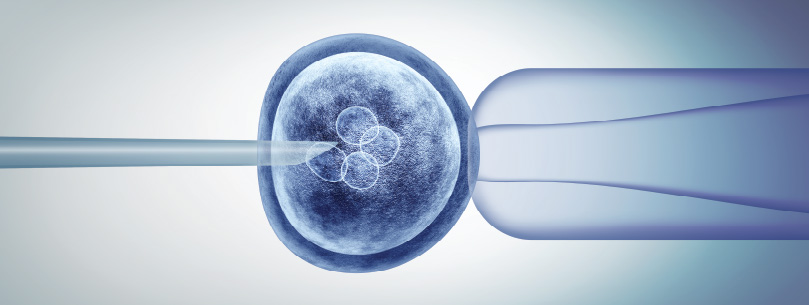
Adult Stem Cell
Adult stem cells are extracted from umbilical cord blood or the bone marrow and blood of mature adults, and are primitive cells just before differentiation into cells of specific organs such as bone, liver, and blood.
These include hematopoietic stem cells, mesenchymal stem cells, and neural stem cells, which are in the spotlight as materials for regenerative medicine.
Additionally, there are stem cells in the liver, epidermis, and pancreas.
Umbilical cord blood contains a large amount of hematopoietic stem cells, and bone marrow cells found in the bone marrow contain various types of stem cells, including hematopoietic stem cells that can produce blood and lymphocytes, as well as mesenchymal stem cells.
Adult stem cells have difficulty proliferating and have a strong tendency to differentiate easily, but by using various types of adult stem cells, not only can they perform organ regeneration required in actual medicine, but they can also differentiate to suit the characteristics of each organ after transplantation. It has characteristics.
Additionally, unlike embryonic stem cells extracted from human embryos, adult stem cells have the advantage of avoiding ethical controversies because they are extracted from already grown body tissues such as bone marrow or brain cells.

01 Characteristics of adult stem cells
You can create other stem cells with the same form and abilities as yourself.
It exists in an undifferentiated state and has the ability to change into other tissue cells needed by the human body.
It has the ability to recognize and visit damaged areas of tissue on its own.
02 Diseases that can be treated with stem cells
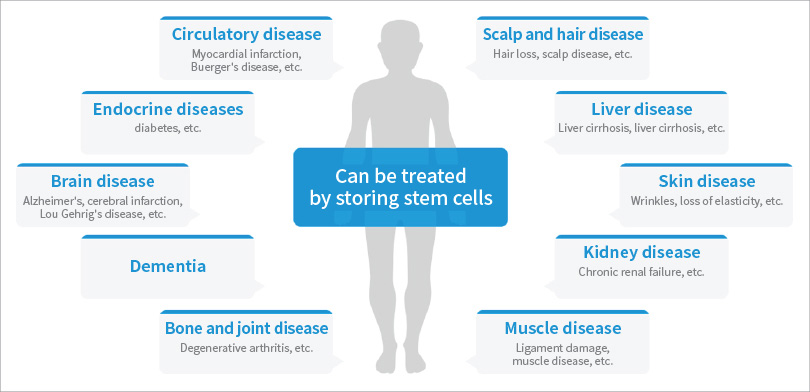
03 The need for stem cells
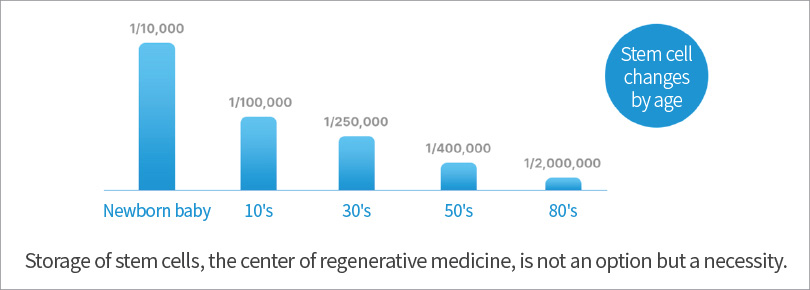
04 Advantages of autologous stem cell arthritis treatment
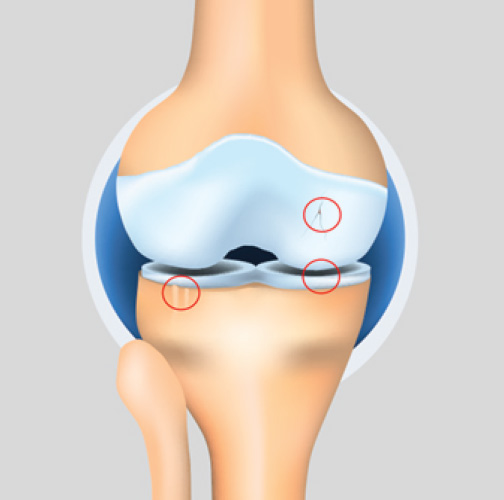 Stage 1 : Initial
Stem cell cartilage regeneration
Stage 1 : Initial
Stem cell cartilage regeneration
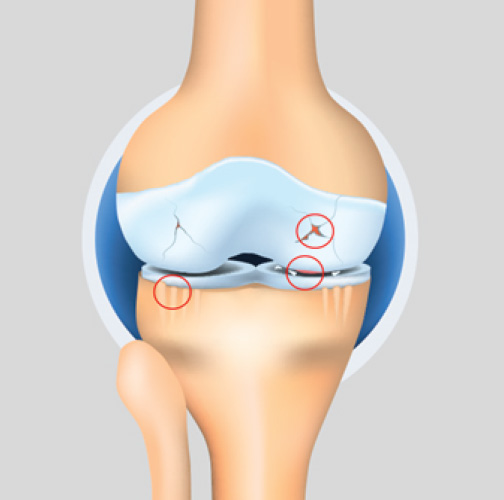 Stage 2 : Mid-term
Arthroscopic stem cell cartilage regeneration
Stage 2 : Mid-term
Arthroscopic stem cell cartilage regeneration
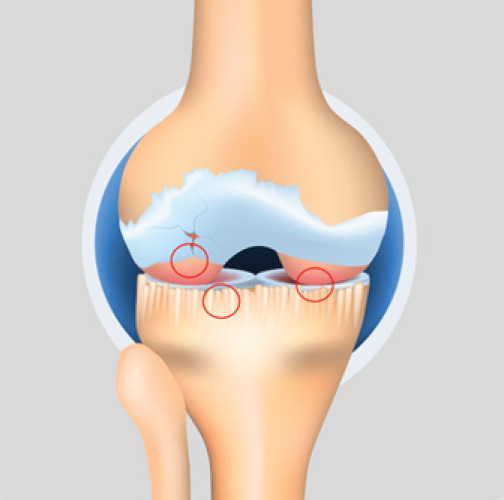 Stage 3 : Late stage
Artificial joint surgery
Stage 3 : Late stage
Artificial joint surgery


